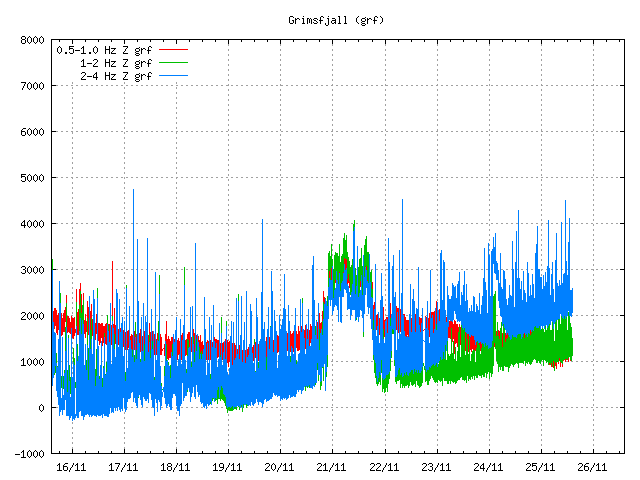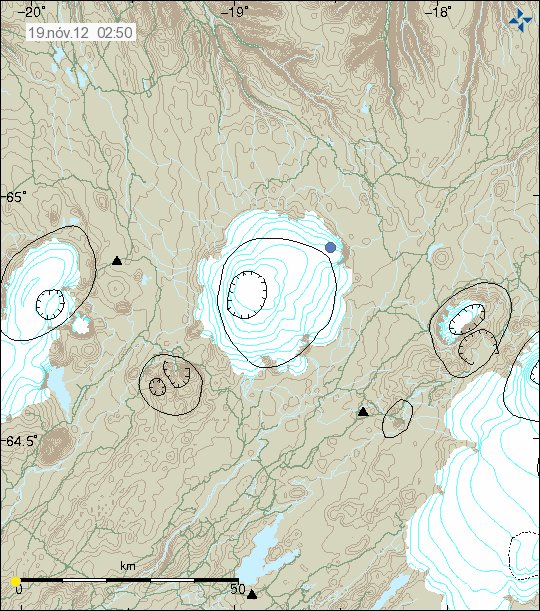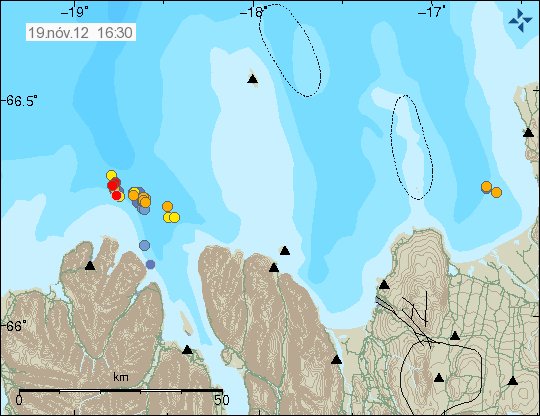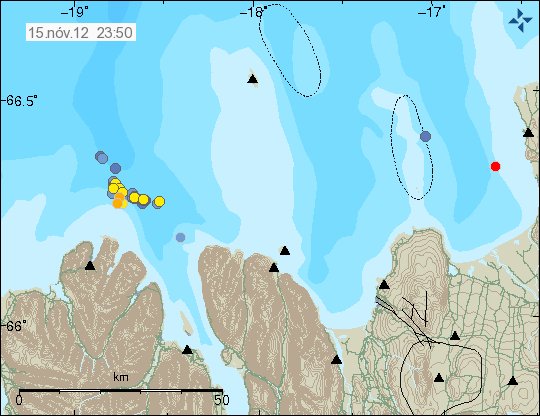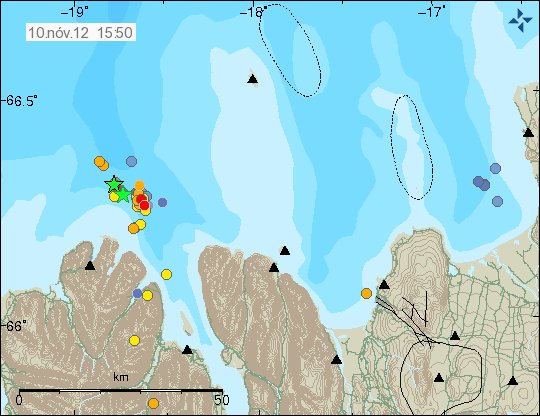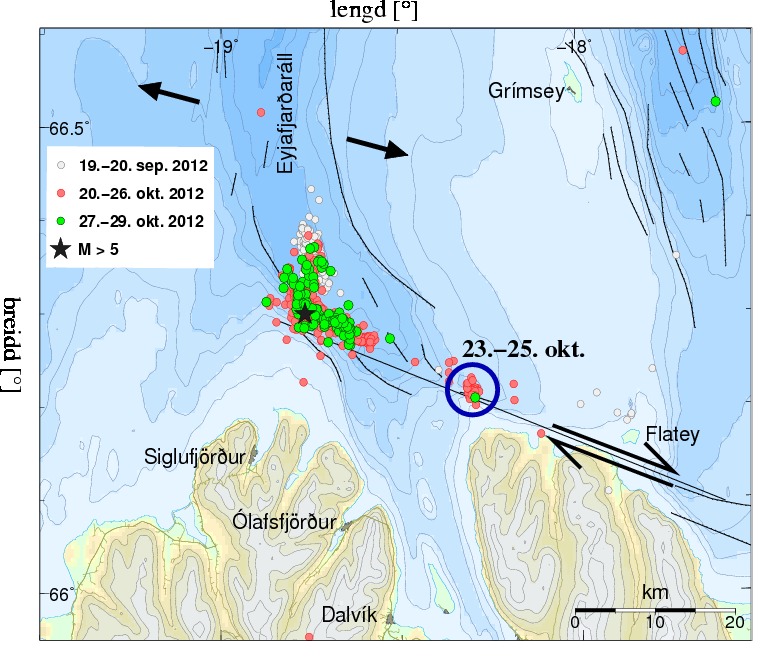It is not easy for me to make this decision. But I have dedicated to end my geophone network as it is today in December 2012. The reason is cost of running it. I just can’t afford it. I am also dealing with cost of hardware, maintaining that hardware and so on. That is just how it is. Dealing with technical problems is also a factor in this. Computers die, hardware needs to be replaced after certain amounts of years. This all costs me money. Technical assistance by the people who are hosting the geophone hardware also costs time for them. It also costs money for them in electricity cost (not a lot. But something as all the hardware uses electricity).
While it is great being able to track earthquake activity in real time (5 min delay on my web page). I just cannot afford it. I am also not going to move back to Iceland. So that makes maintaining my geophone network today even harder. So in December 2012 this is going to be all over. All my geophone network stations are going to go offline and that is going to be end of that. I am going to keep the hardware for later use somewhere else. Where and when that might be is unknown at the moment.
I want to thank everyone how did support my effort in building my network as it is today (buying Skeiðflöt and Eyrarbakki geophone stations). Sadly I can no longer maintain the geophone network as explained above. But that is just how it has to be.
Following geophone stations go offline in December 2012
Hvammstangi
Skeiðflöt
Heklubyggð
Eyrarbakki
Following geophone stations are going to remain online
Bov, Denmark (but the web page is going to move soon to a new server)
Future network
While the current geophone network is coming to an end. It does not mean that I am going to quit my plans so easy. I plan on building a new network of seismometers (proper ones) in Iceland when I can afford it. When that might happen I do not know. But I am going to build it in a SIL style. The seismometers are also going to be located far from any human traffic so I won’t have any noise from that or any other cultural noise source (at least, keep it at minimal). I am also going to hire people and create a company around this to take care of the hardware and process the earthquake data gathered.
I am going to build seismometers network in the following place when I can afford it (this means. When I am rich).
Iceland
Canary Islands (maybe. Not sure yet.)
Falkland Islands (Details pending)
The new network is going to be a proper network. It is also going to be in places that Iceland Meteorological Office has no SIL stations at the moment. But this is going to take a while until it happens. So all that people can do is to wait until I am ready to do this. It is going to take a few years at least.
